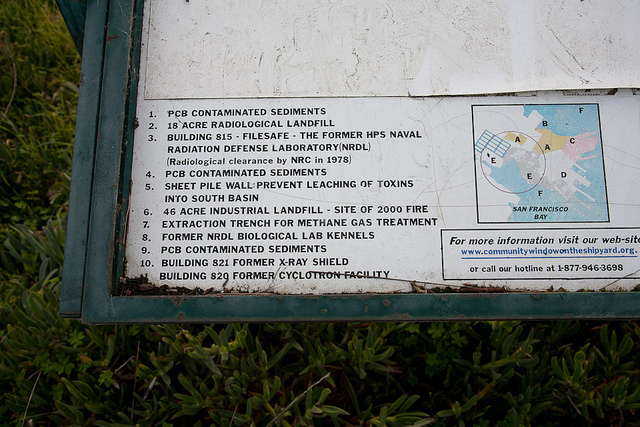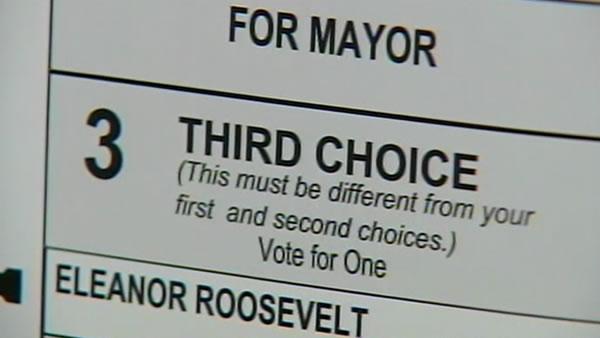By Bernice Yeung | Crowdfund this with Spot.Us
Part of the Prisons & Public Health news blog
In a recent New York Times op-ed, columnist Nicholas Kristof cites the case of Curtis Wilkerson as an example of lopsided budget priorities (“Priority Test: Health Care or Prisons?”), wherein health care is considered too expensive, yet long and costly prison terms are the norm. Wilkerson, you see, is a California inmate who became entangled in the state’s three-strikes laws; he’s now serving a life sentence for stealing a $2.50 pair of socks (strike one and two both involved abetting a robbery in 1981 when he was 19). California doles out $49,000 a year on each inmate housed in a state prison, and $216,000 a year on each young person incarcerated through the juvenile justice system, Kristof notes, while in contrast, the Bay Area’s Urban Strategies Council has found that only $8,000 is spent on each Oakland public school student. Prison spending has been growing for decades in California and across the country [PDF], along with incarceration rates, under the “tough on crime” banner. Yet as many public-policy makers are beginning to realize, being tough on crime doesn’t mean that they’re being safer or smarter about it.


